Engineering
Engineering is a broad discipline that encompasses a wide range of fields, including mechanical, civil, electrical, aerospace, chemical, computer, and many more. At its core, engineering is about applying the principles of science and mathematics to solve problems and create solutions that improve the world around us. Whether it’s designing safer transportation systems, developing new materials, creating software, or finding sustainable energy solutions, engineers play a crucial role in innovation and technological advancement.
One of the key aspects of engineering is the design process. This involves identifying a problem, researching and brainstorming possible solutions, creating a prototype, testing the solution, and finally, implementing the solution. This process requires not only technical knowledge and creativity but also an understanding of economic, environmental, and societal impacts. Engineering education typically involves a balance of theoretical knowledge and practical application. Students learn the fundamentals of math and science, along with specific engineering principles related to their field.
Many engineering programs also include hands-on projects and internships to give students real-world experience. The future of engineering is incredibly exciting, with new fields emerging as technology advances. For example, biomedical engineering is growing in importance as we develop more sophisticated medical devices and treatments. Similarly, renewable energy engineering is becoming increasingly vital as we seek sustainable alternatives to fossil fuels. In summary, engineering is a dynamic and diverse field that provides critical solutions to some of the world’s most pressing problems. It requires a blend of technical skills, creativity, and a commitment to making a positive impact on society.
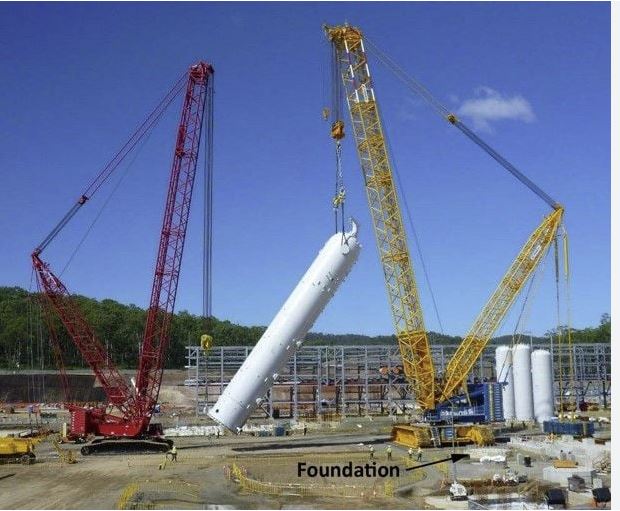
Construction
Construction plays a pivotal role in the development and growth of our society. It is a broad field that encompasses the process of building infrastructure, commercial buildings, residential homes, and much more. From the architectural blueprint to the final touches of paint, construction involves meticulous planning, dedication, and coordination among various professionals. The construction process typically starts with planning and design, often involving architects and civil engineers. They create the vision for the project, making sure it is safe, functional, and aesthetically pleasing. Following this, a detailed survey of the site is conducted to understand the landscape, environment, and any potential challenges that might arise during the construction. Once plans are approved and permits acquired, the site preparation begins.
This involves clearing the land, excavating for foundations, and laying the groundwork for utilities. The construction phase then progresses to the structural work, where the skeletal framework of the project is erected. This stage is crucial as it determines the overall strength and durability of the building. Parallel to the structural work, professionals work on the electrical and plumbing systems, ensuring that they are seamlessly integrated within the structure. Following this, the focus shifts to the interior and exterior finishes, which brings the building to life, reflecting the initial design vision. Construction is not without its challenges. Project managers must navigate budget constraints, timeline pressures, and sometimes unpredictable weather conditions.
Moreover, with a growing emphasis on sustainability, construction projects now also aim to minimize environmental impact. This includes using eco-friendly materials, employing green building techniques, and ensuring energy efficiency. The completion of a construction project is a complex achievement that reflects the collaborative effort of many individuals. From laborers on the ground to project managers coordinating the work, each plays a vital role in transforming architectural visions into tangible structures. These structures, whether they are homes, offices, bridges, or roads, contribute significantly to our daily lives, shaping the environment we live and work in. In essence, construction is more than just building; it’s an art and science that requires creativity, precision, and collaboration. As society continues to evolve, the field of construction will remain at the forefront, constantly innovating and adapting to meet the changing needs of our world.

Architecture
Architecture is both the process and the product of planning, designing, and constructing buildings and other physical structures. It is an art form that reflects the needs, aspirations, and values of the cultures that produce it. Architecture goes beyond mere construction; it also involves the thoughtful integration of a building with its surrounding environment, the careful consideration of its usability, and the aesthetic appeal it offers to both its users and the public. The history of architecture is as long as humanity itself, with examples ranging from the ancient pyramids of Egypt and the majestic temples of Greece to the medieval cathedrals of Europe and the modern skyscrapers that define the skyline of cities around the world today.
Each era brought with it new architectural innovations, responding to changing societal needs, technological advances, and cultural shifts. Contemporary architecture seeks to balance functionality, sustainability, and beauty. Sustainable design has become increasingly important, with architects striving to minimize the environmental impact of buildings through energy efficiency, sustainable materials, and integration with the natural environment. Furthermore, the role of technology in architecture has grown exponentially, with advancements in computer-aided design (CAD) and building information modeling (BIM) allowing for more precise and efficient planning, design, and construction processes. Architecture also serves as a reflection of society, capturing the spirit of the times.
It can convey power, religious significance, or the aspirations of a community. Public buildings like museums, concert halls, and civic centers, in particular, are designed not only for their specific uses but also to contribute to the cultural and social life of their communities. In summary, architecture is a multifaceted discipline that combines functionality, aesthetics, and innovation. It reflects the human desire to create meaningful spaces that not only meet practical needs but also inspire and elevate, contributing to the cultural legacy of our civilization.

Civil Engineering
Civil engineering is a professional engineering discipline that deals with the design, construction, and maintenance of the physical and naturally built environment. This includes works like roads, bridges, canals, dams, and buildings. As one of the oldest engineering disciplines, civil engineering has a pivotal role in shaping the infrastructure that supports civilization, affecting our daily lives in myriad ways.
Key Areas of Civil Engineering:
1. Structural Engineering: Focuses on the design and analysis of buildings, bridges, towers, and other structures, ensuring they are strong enough to withstand environmental pressures and human use.
2. Transportation Engineering: Deals with the planning, design, operation, and maintenance of transportation systems, including roads, airports, railways, and harbors, aiming to ensure safe, efficient, sustainable, and convenient transport of people and goods.
3. Geotechnical Engineering: Concerned with the behavior of earth materials and how they interact with structures. This branch plays a crucial role in the foundation of buildings, slope stability, and earthworks projects.
4. Environmental Engineering: Focuses on improving the natural environment, providing healthy water, air, and land for human habitation and other organisms. It involves the treatment of chemical, biological, and thermal wastes, water supply and sanitation, air pollution control, and remediation of contaminated sites.
5. Water Resources Engineering: Deals with the collection and management of water (e.g., water treatment facilities, management of natural water resources, design of dams, and levees).
6. Construction Engineering:** Involves planning and execution, transporting materials, site development based on hydraulic, environmental, structural, and geotechnical engineering.
7. Urban and Community Planning: Involves technical and political processes concerning the development and design of urban and rural land use.
Importance of Civil Engineering: Civil engineering significantly impacts the world. It ensures the sustainable construction of infrastructure that we rely on every day. From the water we drink to the roads we travel on, civil engineers play an essential role in developing new infrastructures and maintaining existing buildings and public works.
Challenges in Civil Engineering: Civil engineers face numerous challenges, including managing the increasing complexity of projects, addressing the impacts of climate change, integrating sustainable practices into all stages of infrastructure development, and ensuring public safety and resource efficiency. They must constantly adapt to new technologies and materials, changing regulations, and evolving societal needs.
Future of Civil Engineering: The future of civil engineering is bright, with rapid advancements in technology such as Building Information Modeling (BIM), Geographic Information Systems (GIS), and the use of drones for site surveys. Sustainability and green engineering practices are also becoming increasingly important, as civil engineers strive to minimize environmental impact and adapt to climate change. With ongoing urbanization and the growing global population, civil engineering will continue to be a crucial field, addressing complex challenges to create resilient, sustainable, and innovative infrastructure solutions. Civil engineering is not just about structures and infrastructures; it’s about creating environments that improve the quality of life and ensure the safety and welfare of the public. The work of civil engineers shapes the world around us, making it a livable, efficient, and sustainable place for future generations.
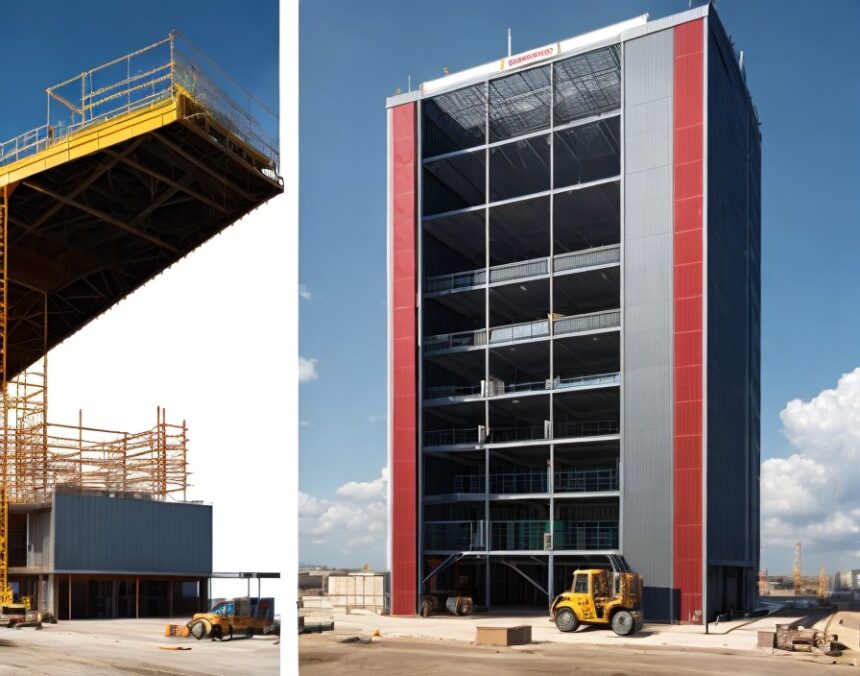
Structural Engineering
Structural engineering is a specialty within civil engineering that focuses on the framework of structures, ensuring they can withstand the stresses and pressures of their environment and remain safe, stable, and secure throughout their useful life. The role of structural engineers is to design buildings, bridges, tunnels, towers, and other structures so that they do not buckle, deform, or collapse under the applied loads, including their own weight, the weight of the users, environmental stresses like wind and earthquakes, and other factors. Structural engineering is integral to the construction process, collaborating closely with architects, constructors, and other engineering disciplines to create cohesive and sustainable designs.
The primary objective is to ensure that every structure is capable of standing up to the intended loads throughout its service life, with adequate safety margins and reliability. The field incorporates a deep understanding of physics, mathematics, and material science. Structural engineers need to have a comprehensive knowledge of different materials, such as concrete, steel, wood, and modern composites, and how their properties affect the strength and durability of structures. They employ various structural analysis methods to predict how structures will behave under loading conditions and use design philosophies that guide their design decisions to ensure safety and compliance with building codes and standards. Advancements in technology have significantly impacted structural engineering. Computer-aided design (CAD) and building information modeling (BIM) software allow for more precise and efficient planning, facilitating the design of more complex and innovative structures.
Additionally, developments in materials science have led to the creation of new materials and construction methods that offer enhanced performance and sustainability. One of the critical challenges in structural engineering is designing structures that can withstand extreme events, such as earthquakes and hurricanes, without incurring significant damage. This involves not only the strength and stability of the structure but also considerations of flexibility and ductility. Earthquake engineering, a sub-discipline of structural engineering, specializes in creating structures that can absorb and dissipate the energy released during seismic activities to prevent catastrophic failures. Structural engineers also play a vital role in assessing and renovating older structures to meet current standards of safety and functionality.
This can involve complex analysis to determine the capacity of existing structures and innovative solutions to upgrade them for contemporary use without compromising their integrity. In conclusion, structural engineering is a crucial and dynamic field that combines scientific principles with practical problem-solving to ensure our built environment is safe and resilient. Through ingenuity and innovation, structural engineers contribute significantly to our daily lives, shaping the structural landscape of our cities and communities.

Procurement
Construction procurement refers to the process by which clients (or project owners) acquire or procure the necessary services, goods, and works to bring a construction project from its conception to completion. This process encompasses a wide range of activities including defining project requirements, establishing budgets, selecting contractors, and managing contracts. The goal of construction procurement is to ensure that a project is completed on time, within budget, and in accordance with project specifications and quality standards. There are several methods of construction procurement, each with its own advantages and considerations, commonly including traditional (design-bid-build), design and build, construction management, and Public Private Partnerships (PPPs). The choice of procurement method depends on various factors like the project’s complexity, timeframe, and the client’s objectives and level of involvement.
1. Traditional Procurement (Design-Bid-Build): In this method, the design phase is completed by the project owner’s selected architects and engineers before separate contracts are tendered for the construction phase. This method allows for detailed design completion prior to construction but can lead to longer project durations.
2. Design and Build: This procurement method consolidates design and construction services under a single contract with one entity (the design-builder). It promotes collaboration between the design and construction teams from the project’s outset, potentially resulting in faster completion times and cost savings. However, the project owner may have less control over the design details.
3. Construction Management: Here, a construction manager is engaged to act on the client’s behalf, managing the design and construction process. This method provides flexibility in design and the ability to fast-track projects, but the overall cost may be less certain unless a Guaranteed Maximum Price (GMP) is established.
4. Public-Private Partnerships (PPPs): PPPs are a procurement method usually reserved for large-scale public infrastructure projects, where the private sector is engaged to finance, design, construct, and often operate a project. The public sector partner retains ownership or reverts ownership after a certain period, while the private sector partner aims to recoup its investment through the project’s operation. Choosing the right procurement method is crucial as it influences the project’s overall success, including meeting budgetary, quality, and timeline objectives. Each method has its inherent risks and benefits, necessitating a careful assessment to determine the most fitting approach for a particular project. Furthermore, the procurement process in construction also involves contract management, which is essential for clarifying the responsibilities, roles, and obligations of all parties.
Effective contract management ensures that projects are delivered as agreed, addressing any disputes or changes that may arise during construction. Today, with increasing project complexity and the demand for sustainable building practices, the importance of strategic procurement in construction cannot be overstated. It not only involves the buying of physical goods and services but also plays a pivotal role in managing relationships, ensuring regulatory compliance, promoting innovation, and achieving overall project objectives efficiently.

Construction Project Management
Construction project management involves overseeing the planning, design, and execution phases of construction projects. It encompasses a wide range of tasks that ensure a project is completed on time, within budget, and according to specified quality standards. This specialized form of project management is integral to the successful realization of buildings, roads, bridges, and various other infrastructural and architectural projects. Key Components of Construction Project Management:
1. Project Planning and Design: This initial stage involves defining the project’s scope, determining resources, setting objectives, and developing a project plan. It also includes architectural and engineering design processes, during which the visual and structural aspects of the project are conceptualized and laid out.
2. Cost Estimation and Budgeting: Accurately estimating the costs associated with materials, labor, equipment, and other resources is critical. The budget must also account for potential overruns and unexpected expenses, ensuring financial resources are managed efficiently throughout the project lifecycle.
3. Scheduling: Developing a detailed project timeline is essential for successful construction project management. This includes setting milestones, allocating resources effectively, and coordinating tasks to keep the project on track. Modern project management tools and software often play a crucial role in scheduling and resource allocation.
4. Quality Management: Ensuring that all aspects of the project meet specified quality standards is a key responsibility. This involves establishing quality policies, setting quality objectives, and implementing quality control and assurance mechanisms to meet or exceed stakeholder expectations.
5. Contract Administration: Construction projects typically involve multiple contracts with suppliers, contractors, and subcontractors. Efficient contract administration is necessary to ensure all parties fulfill their contractual obligations, and that any changes or disputes are handled effectively.
6. Safety Management: Managing safety is paramount in construction project management due to the high-risk nature of construction work. This involves developing and enforcing safety policies, conducting risk assessments, providing safety training, and ensuring compliance with relevant health and safety regulations.
7. Communication: Effective communication among all stakeholders, including the project team, clients, contractors, and suppliers, is crucial for the smooth execution of a construction project. Regular meetings, progress reports, and the use of collaborative project management tools can facilitate clear and consistent communication.
8. Stakeholder Management: Construction projects often involve numerous stakeholders with diverse interests. Identifying these stakeholders, understanding their needs and expectations, and managing their influence and impact on the project is essential for its success.
9. Environmental Management: With increasing awareness of environmental issues, construction project management also involves considering environmental impacts and seeking ways to minimize negative effects on the environment. This could include waste management practices, the use of sustainable materials, and compliance with environmental regulations. Construction project management is a complex, dynamic discipline that requires a wide range of skills and knowledge. The successful construction manager must not only have a strong foundation in construction methods and materials but also possess skills in leadership, communication, problem-solving, and decision-making. As the construction industry continues to evolve with new technologies and methodologies, so too does the role of the construction project manager, adapting to the challenges of modern construction projects
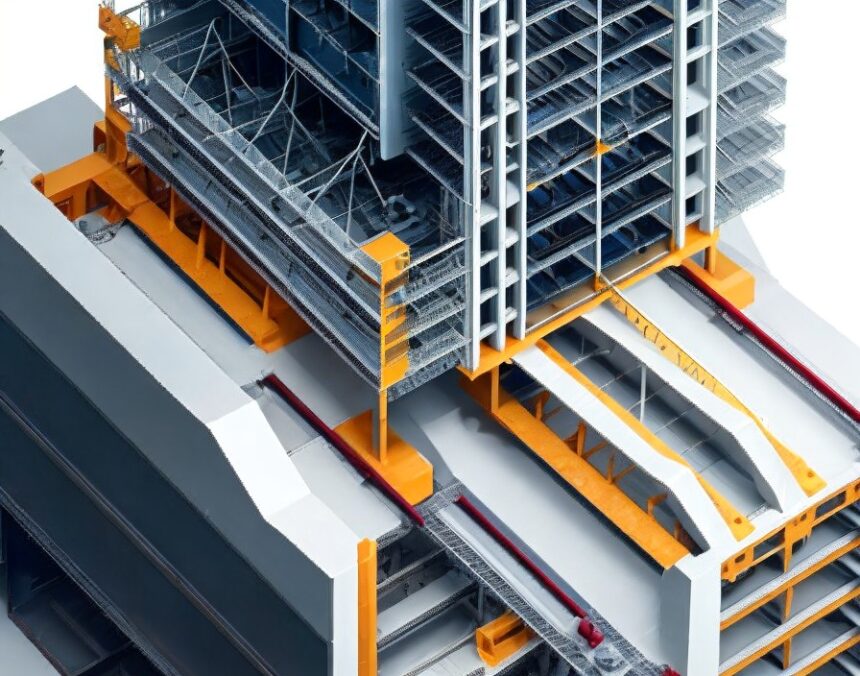
Engineering Project Management
Engineering project management is a specialized area of project management that focuses on the planning, coordination, and execution of engineering projects. Unlike general project management, which can apply to any type of project, engineering project management aims at the specific challenges and requirements of technical and engineering tasks. This type of management encompasses a wide range of engineering fields, such as civil, mechanical, electrical, and chemical engineering, among others.
The goal is to ensure that engineering projects are completed on time, within budget, and according to specified quality standards. An engineering project manager plays a critical role in bringing together the technical and organizational aspects of a project. This involves overseeing the project lifecycle from conception through design, development, implementation, and final review. Key responsibilities include defining the project scope, scheduling, budgeting, resource allocation, risk management, and communication among stakeholders. These managers must navigate technical challenges while also considering legal, environmental, and societal impacts. Effective engineering project management relies on several tools and methodologies to achieve project goals.
These may include project management software to track progress and resource use, as well as methodologies like Agile or Lean, which are adapted to handle the iterative nature of engineering projects. Furthermore, engineering project managers often employ project control techniques, such as Earned Value Management (EVM), to monitor project performance against cost and time objectives. For successful project delivery, engineering project managers need a blend of technical knowledge and soft skills. Technical expertise enables them to understand the intricacies of the project and make informed decisions. Meanwhile, soft skills such as leadership, communication, and problem-solving are vital for coordinating teams, managing stakeholders, and navigating the often-complex problem spaces that engineering projects entail.
In conclusion, engineering project management is a critical field that combines the technical aspects of engineering with the strategic oversight of project management. It plays a pivotal role in ensuring that engineering projects meet their objectives, thereby contributing to innovation and advancement in various sectors. As technology and engineering disciplines continue to evolve, the importance of skilled
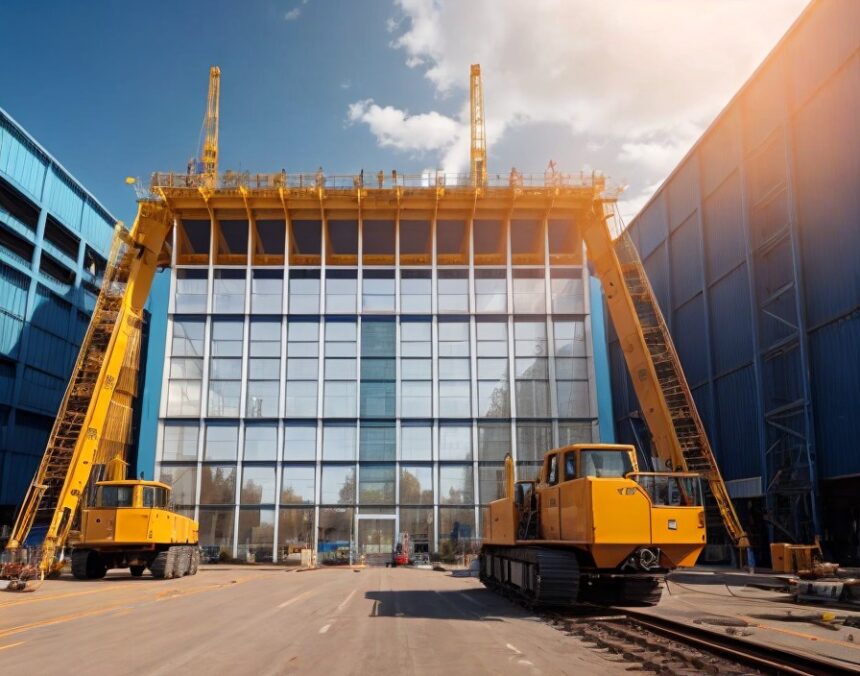
Onshore Oil and Gas Industry
The onshore oil and gas industry refers to the exploration, extraction, and production of crude oil and natural gas found beneath the Earth’s surface on land, as opposed to offshore locations in oceans or seas. This sector is a critical component of the global energy supply chain, providing a significant portion of the energy consumed worldwide. The industry involves a complex array of activities, each with its own set of technical, environmental, and economic challenges. Exploration is the first step in the onshore oil and gas lifecycle, where geologists and geophysicists use advanced technologies, such as seismic surveys and satellite imaging, to identify potential hydrocarbon deposits.
Once a likely reservoir is pinpointed, exploratory wells are drilled to test for the presence of oil or gas. If these resources are found in commercially viable quantities, the project moves into the development phase, which involves the engineering and construction of wells and infrastructure necessary for production. The production phase can last for several decades, depending on the size and productivity of the reservoir. During this time, various techniques are employed to maximize the extraction of oil and gas. These can include traditional drilling methods, as well as enhanced recovery techniques like hydraulic fracturing (fracking) and horizontal drilling, which have revolutionized the industry in recent years by enabling access to previously inaccessible resources.
Onshore operations face numerous regulatory, environmental, and social challenges. Regulations governing the industry are stringent, covering aspects from drilling permits and operational safety to environmental protection and decommissioning of wells at the end of their productive life. Environmental concerns are particularly significant, as the extraction and production processes can have substantial impacts on local ecosystems, water quality, and air pollution. Companies must also navigate issues related to land use and the rights of local communities, including indigenous peoples. Economic factors play a pivotal role in the viability of onshore oil and gas projects. The global market for these commodities is subject to volatility, with prices influenced by a complex mix of geopolitical, supply, and demand factors. Consequently, companies must carefully assess the economic feasibility of projects, considering not only the potential revenues from oil and gas sales but also the costs associated with exploration, development, and compliance with regulatory requirements.
Despite these challenges, the onshore oil and gas industry continues to invest in technological innovations to improve the efficiency and environmental footprint of extraction and production processes. Advances in digital technology, automation, and data analytics are being leveraged to enhance decision-making, optimize operations, and reduce costs. In conclusion, the onshore oil and gas industry plays a crucial role in meeting the world’s energy needs, contributing significantly to global economic development. However, it must continuously evolve to address the technical, environmental, and economic challenges it faces, especially as the global community shifts towards more sustainable energy sources.
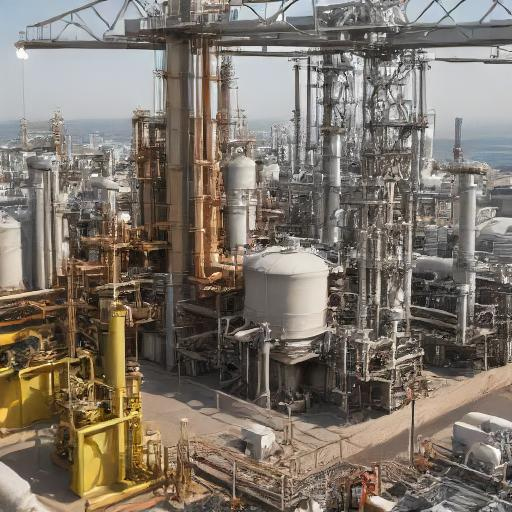
Offshore Oil and Gas Industry
The offshore oil and gas industry involves the exploration, extraction, and processing of hydrocarbon resources beneath the ocean floor. This sector is a critical component of the global energy system, supplying a substantial portion of the oil and natural gas consumed worldwide. Offshore operations are inherently more complicated and technically challenging than onshore activities due to the remote and harsh environments in which they are conducted. Exploration activities in the offshore industry utilize advanced technology, such as seismic surveys and satellite data, to identify potential oil and gas reserves under the seabed. Once promising sites are found, exploratory drilling is undertaken to assess the viability of reservoirs.
Similar to onshore exploration, the decision to proceed to development and production depends on the quantity and quality of the reserves discovered. Developing offshore oil and gas fields requires significant capital investment. Infrastructure such as platforms, subsea systems, and pipelines must be constructed to enable extraction and transportation of hydrocarbons. There are various types of offshore platforms, including fixed platforms, compliant towers, semi-submersible platforms, and floating production systems, each suited to different water depths and environmental conditions. The production phase involves extracting oil and gas from beneath the seabed and processing it to remove water and other impurities before transporting it to shore via pipelines or tanker ships. Offshore production is particularly challenging due to factors like deepwater operations, extreme weather conditions, and the need to minimize environmental impacts. Offshore operations are subject to rigorous safety and environmental regulations. The industry has faced increased scrutiny following incidents such as the Deepwater Horizon oil spill in the Gulf of Mexico in 2010, which highlighted the potential risks associated with offshore drilling.
Companies must adopt stringent safety practices and emergency response strategies to protect workers, marine ecosystems, and coastal communities. Environmental concerns are a significant issue for the offshore oil and gas industry. Activities such as drilling and production can have impacts on marine life and habitats, and there is the potential for oil spills and other pollution incidents. As such, there is increasing pressure to implement more sustainable practices and reduce environmental footprints. The economic viability of offshore oil and gas projects is influenced by factors such as global oil prices, technological advancements, and regulatory changes. High development and operational costs mean that these projects are typically more sensitive to price fluctuations than their onshore counterparts. However, the increasing efficiency of offshore technologies and the discovery of new reserves continue to drive interest in offshore exploration and production. In conclusion, the offshore oil and gas industry is a vital part of the global energy landscape, facing unique technical, environmental, and regulatory challenges. As the world shifts towards more sustainable energy sources, the industry must continue to innovate and adapt to ensure its operations are safe, environmentally responsible, and economically viable.
